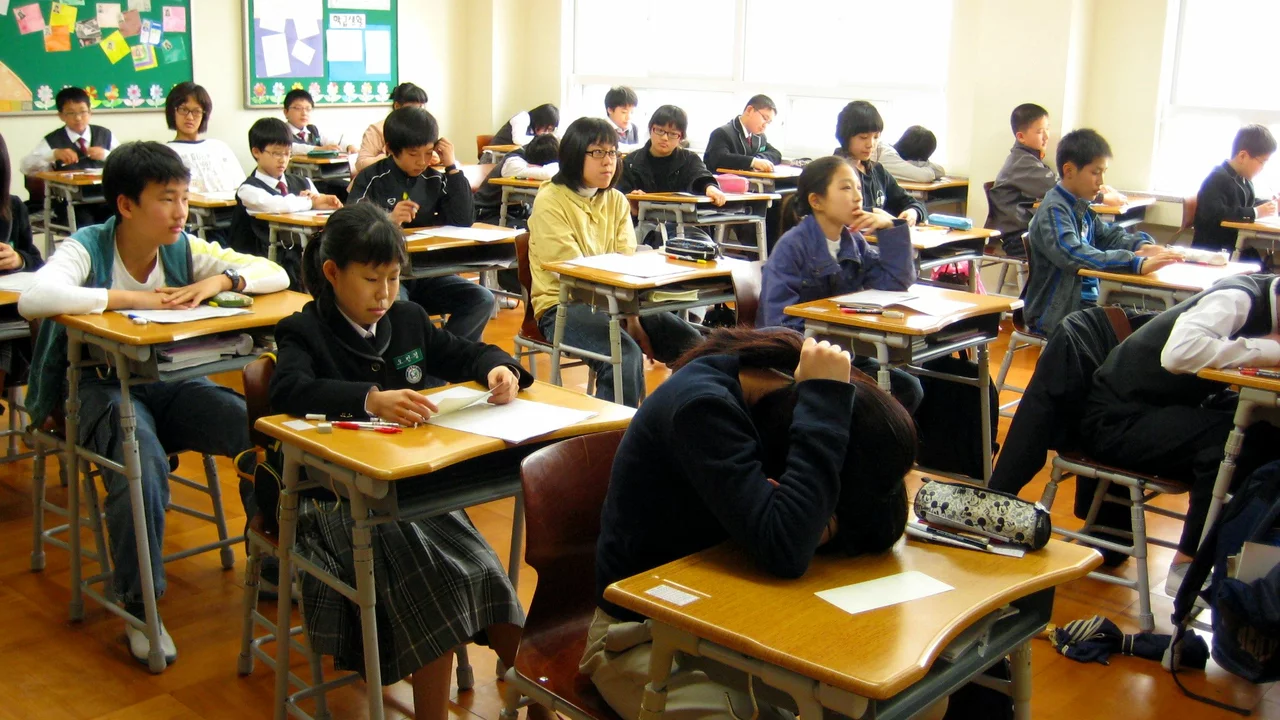Education and Sports: How School Sports Shape Students
Kids who play sports at school often pick up useful skills faster than those who don’t. This category covers why school sports matter, how programs run, and simple ways parents and students can make sports work with studies. You’ll find clear, practical info—no fluff.
Why school sports matter
Sports do more than burn energy. Regular physical activity improves concentration, reduces stress, and builds teamwork. Teachers often see quieter students speak up in a team, and shy kids gain confidence after a few matches. For many students, sports are the place they learn leadership, time management, and how to handle pressure.
Sports also open doors. Good performance at school can lead to local club tryouts, scholarships, or spots on district teams. Even if a child doesn’t go pro, the discipline and routines they learn make exams and projects easier to handle.
What school sports usually look like
Most schools mix regular PE classes with after-school clubs and inter-school events. PE lessons teach basics—running, ball skills, fitness tests—while clubs focus on one sport like cricket, football, athletics, or volleyball. Schools often run house-level competitions, then select teams for city or state meets.
Coaching varies. Some schools hire trained coaches; others rely on teachers or local club partners. Practice schedules can be daily or a few times a week. If a student trains hard, expect more practice hours and a need for better rest and nutrition.
Balancing academics and sports is doable with planning. Block study time, set realistic sports goals, and talk with teachers about busy competition weeks. Schools usually allow catch-up work after events, but clear communication helps avoid last-minute stress.
Parents can help by supporting routines: regular sleep, simple healthy meals, and minimizing late-night screen time. Encourage recovery days and watch for overuse injuries—if a child complains of persistent pain, see a coach or doctor early.
For students aiming higher, find extra coaching and compete in local tournaments. Track progress with small goals: improve a sprint time, increase free-throw accuracy, or master a gymnastics move. Small wins keep motivation strong.
Want practical next steps? Ask your school for the sports calendar, meet the coach, and try a few activities before committing. If your area lacks certain sports, local clubs or community centers often fill the gap.
Follow this category for stories, how-tos, and real student experiences about education and sports. You'll get useful tips to help kids stay active, perform better in class, and enjoy the long-term benefits of school sports.

Are sports in schools common in Japan and South Korea?
Caelum Kingston Jul 30 0Oh boy, sports in schools in Japan and South Korea? You betcha! They're as common as sushi in Tokyo or kimchi in Seoul! In fact, the kids there are practically born with a baseball bat or a taekwondo belt in their hands. It's like a rite of passage, my friends. So, next time you're thinking of skipping gym class, remember, a kid in Japan or South Korea is probably doing push-ups right now! Haha!
More Detail